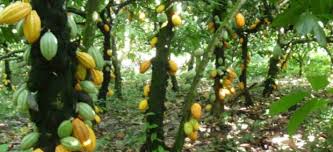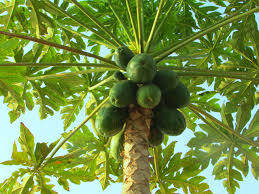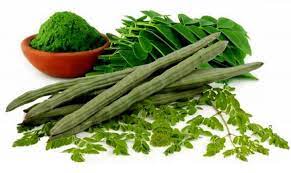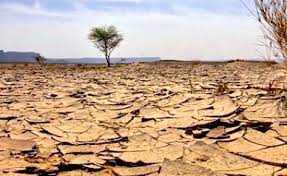
Cocoa (Theobroma cacao L.) is a native of Amazon region of South America. The bulk of it is produced in the tropical areas of the African continent. There are over twenty (20) species in the genus but the cocoa tree Theobroma cacao is the only one cultivated widely.
Cocoa is the second major non-oil foreign exchange earner in Nigeria after leather. It is produced in fourteen (14) states of the federation namely Ondo, Cross River, Oyo, Osun, Ekiti, Ogun, Edo, Kogi, Akwa Ibom, Delta, Abia, Kwara, Ebonyi and Rivers.
The top growing states Ondo, Ogun, Osun, Oyo and Ekiti account for about sixty percent (60%) of the cocoa production and make up at least thirty percent (30%) of the total cocoa export in Nigeria. Ondo is rated the largest cocoa producing state with an output capacity of about seventy-seven thousand (77,000) tons per annum.
Cocoa was a major agricultural export crop and a top foreign exchange earner in the 1950s and 60s. Prior to the discovery of crude oil in commercial quantities in the 1970s, Nigeria was the world’s second largest producer of cocoa.
Average cocoa production declined from four hundred and twenty thousand (420,000) tons in the ‘60s to one hundred and seventy thousand (170,000) tons in 1999.
Production climbed to three hundred and eighty-nine thousand, two hundred and seventy two (389,272) tons between 2000 and 2010, but fell back to one hundred and ninety-two thousand (192,000) tons in 2015 and 2016. After dropping to fourth place, Nigeria is now the sixth largest producer.
In the past, the Nigerian cocoa market was a monopsony a situation where one buyer, through a marketing board, controlled a large proportion of the market.
The 1980’s structural adjustment policies (SAPs) imposed by the International Monetary Fund (IMF) and the World Bank recommended that the government dissolve the ineffective marketing board in order to liberalize cocoa marketing and trade, and allow improved cocoa output and pricing.
Against the backdrop of declining production and collapse of the commodity board members due to market liberalization, the National Cocoa Development Committee was established in December 1999 by the Obasanjo administration.
Its objective was to develop a sustainable blueprint for reviving the waning cocoa sector. Other objectives included improving cocoa quality and increasing production from one hundred and seventy thousand (170,000) tons to three hundred and twenty thousand (320,000) tons per annum in the short term and in the long term to six hundred thousand (600,000) tons per annum. However, this ambitious plan for cocoa rehabilitation is yet to be realized.
In Nigeria, about eighty percent (80%) of cocoa produced is exported as cocoa beans while the other twenty percent (20%) is processed into powder, butter, cake and liquor before being exported.
Nigeria is yet to fully capitalize on cocoa production, as most of the beans are sold unprocessed. There are eight cocoa processing factories in Nigeria with a combined installed capacity of one hundred and fifty thousand (150,000) metric tons.
There are about seventeen (17) cocoa processing companies in Nigeria. Of the seventeen (17), only nine (9) are functional and out of the nine, only two (2) are owned by foreigners.
Cocoa beans are primarily used as raw material for chocolate and about ninety percent (90%) of the global cocoa beans produced are consumed for chocolate production. On an average, around four million (4,000,000) metric tons of cocoa beans are produced each year.
Cocoa beans finds application in industries such as, functional food & beverage, confectionery, pharmaceuticals, and cosmetics, on account of its health benefits, which include regulation of fatigue syndrome, excellent anti-oxidant properties, and reducing the impact of hyper-tension.
The global chocolate market is forecasted to reach USD 139.94 billion by 2024 growing at a compound annual growth rate (CAGR) of four point five percent (4.5%) during the forecast period (2019 - 2024).
The Global chocolate market is highly competitive, with the presence of numerous leading players accounting for the major share. The increasing demand and growing popularity of dark and organic chocolates are fuelling the market’s growth.






















